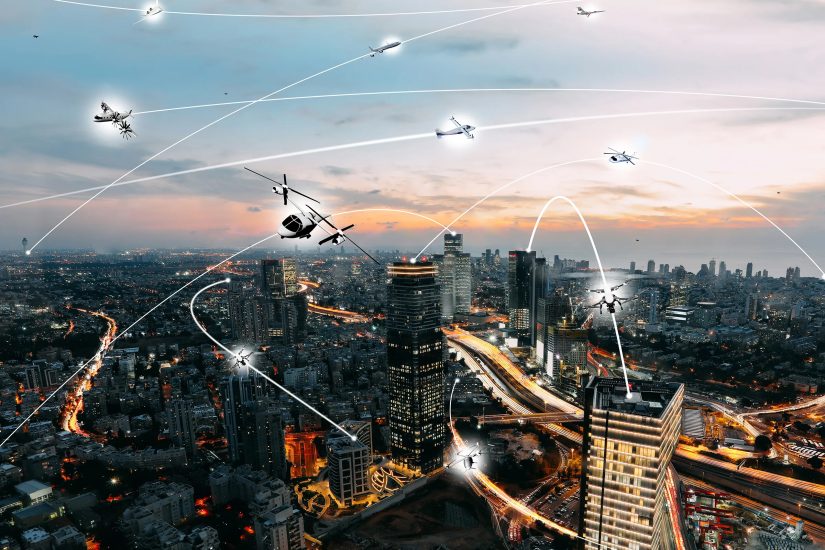Peng Wei, an associate professor of mechanical and aerospace engineering at the George Washington University School of Engineering and Applied Science, is leading a three-year project that could help safeguard autonomous aircraft flying in high-density urban airspace from cyber attacks that could disrupt safe operations. Three multi-institutional teams will receive a total of USD18 million in University Leadership Initiative (ULI) funding from NASA, with Wei’s team receiving USD6 million over the next three years.
The goal, Wei said, is not only to research secure aircraft autonomy but also to train the next generation of aerospace engineers at the undergraduate and graduate levels. Students who work on the project will, by the time they enter the U.S. aviation workforce, have the depth and breadth of knowledge to address emerging real-world challenges in aircraft autonomy and cybersecurity.
The project also offers an opportunity for mechanical and aerospace engineering students to become deeply versed in cybersecurity and artificial intelligence (AI). Certain functions in aircraft autonomy rely on machine learning and neural networks, which allow these craft to achieve complex goals such as autonomous landing and autonomous separation assurance (maintaining safe distances from other aircraft and their flight paths).
But these neural-network embedded functions are becoming more sophisticated to verify, safeguard and certify, Wei said. He and his team will focus on enhancing the resilience of the selected AI functions under malicious attacks.
Wei’s team includes researchers from George Washington University as well as collaborators from Vanderbilt University, Purdue University, Tennessee State University, University of California-Irvine, University of Texas at Austin, Collins Aerospace and Northern Virginia Community College. The team also is supported by a large group of government, industry and academic partners including the Federal Aviation Administration (FAA), MITRE, Honeywell Aerospace, Boeing, Aurora Flight Sciences, Skygrid, Joby Aviation, Xwing, Reliable Robotics, JHU Applied Physics Lab, MIT Lincoln Lab, Northrop Grumman Aeronautics, George Mason University, Embry-Riddle Aeronautical University, RTCA, and ASTM. Together, they’ll build their own sub-scale aircraft prototypes, figure out how to hack them and patch the vulnerabilities that allowed that hacking to occur.
For more information
Image: A rendering of what urban airspace might look like in the future, with autonomous aircraft navigating around each other. (NASA)




